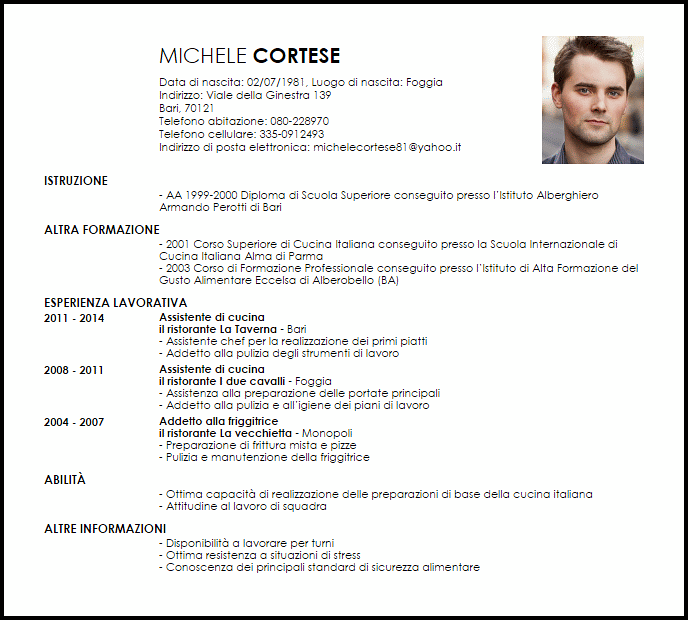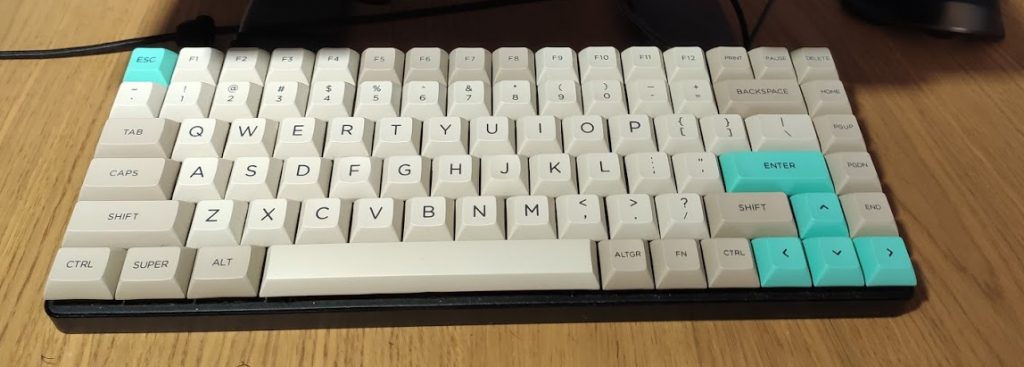

“As schools shift more towards typing instead of handwriting-laptops have become incredibly common-we think there’s need for trying to compensate for what’s lost,” Klingner says. Then, after getting financing from an investor, they began pitching Keybodo to schools around the country. They were issued a patent to make use of raised letters on a keyboard.

That was enough to encourage them to move ahead with their invention. Kids using the raised letter keyboards made 40 percent fewer typing errors, according to Klingner. Over time, data they gathered supported that. “But almost right away the kids told us they could feel when they made a mistake.” “We went in not expecting much,” Klingner concedes. They were ready for the ultimate field test-an elementary school classroom. The finished product was a rubbery cover that stretched and fit snugly over a keyboard.

So, they differentiated keys by using distinct configurations of dots and ridges to outline letters. There were subtle complications, such as the adjacency of the letters “M” and “N,” which could feel very much alike to a fast typist. Seems simple enough, but the pair soon realized that they would need to refine the idea a bit. They would know a raised ‘A’ was an ‘A.’" It would just use their knowledge of the letters. “The easiest thing to do,” says Klingner, “was to have raised lettering because it wouldn’t require a person to learn any new symbols or cues. Ultimately, they came back to where they had started: each key would have the raised letter or symbol it represented on it. They considered making some keys feel harder or softer than others or having them make slightly different clicking sounds. That led them to start thinking about how they could make each keystroke feel distinctive. It produces a unique memory since each letter you write is different.” “We had always been told that handwriting notes is better,” says Klingner. The inventors' inspiration came when they were college sophomores, and they realized they were the only ones in their class taking notes in longhand. The result is Keybodo, a cover you lay over a keyboard to make typing more tactile. Well, not for Will Klingner and Jeff Weinert, two recent University of Richmond graduates who saw this trend as an opportunity. Not that all that alphabet play has been abandoned, but earlier than ever in their learning lives, young students are typing on keyboards-an experience in which every letter feels the same. There was a time when grade schoolers spent a whole lot of time connecting with letters-tracing, coloring, drawing them-and, in the process, building up a form of muscle memory that never forgot the quirkiness of Q’s or the balance of B’s. For all the talk of how technology is changing education, here’s a question that doesn’t get asked much: Are kids losing touch with the alphabet?


 0 kommentar(er)
0 kommentar(er)
